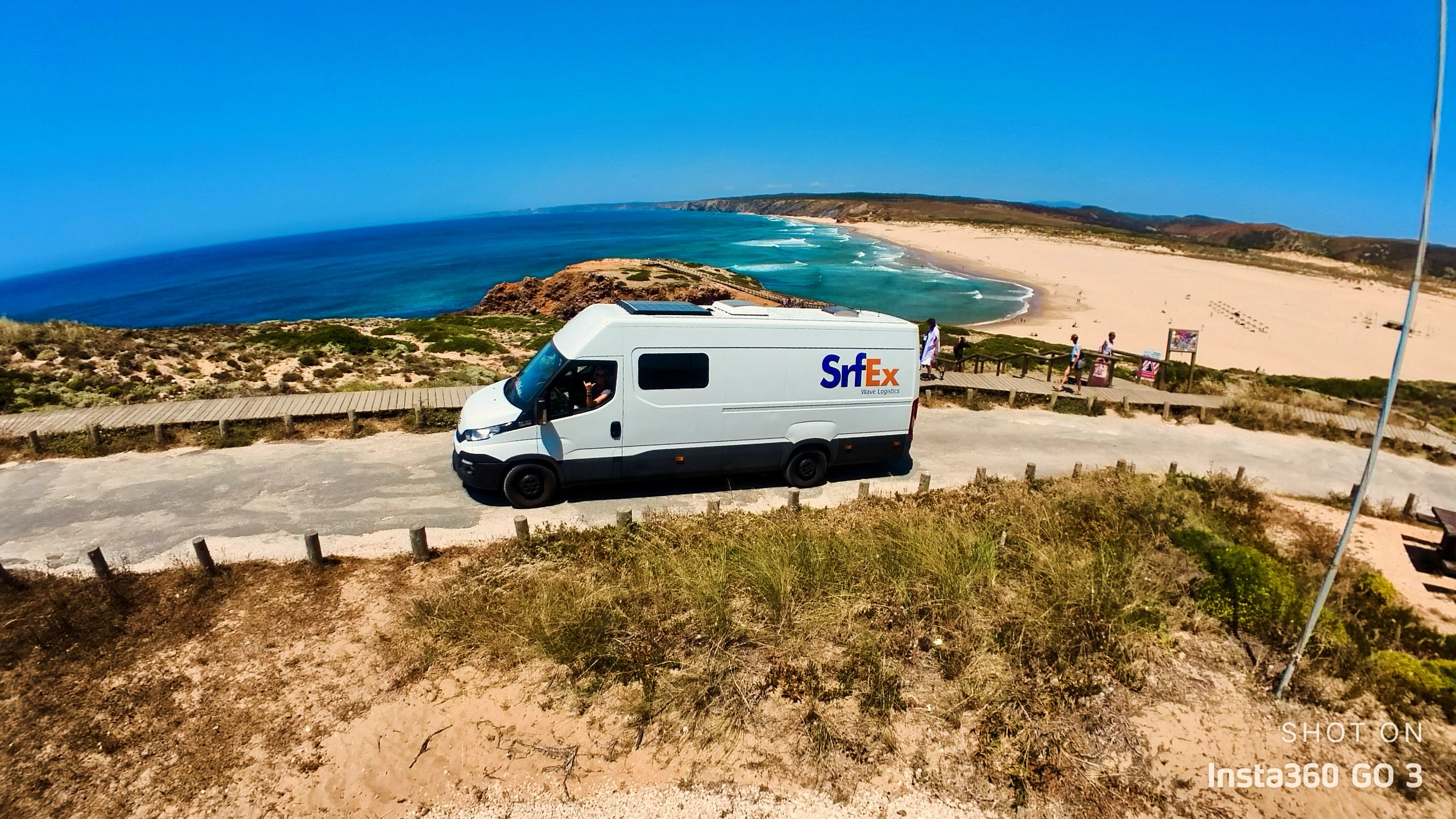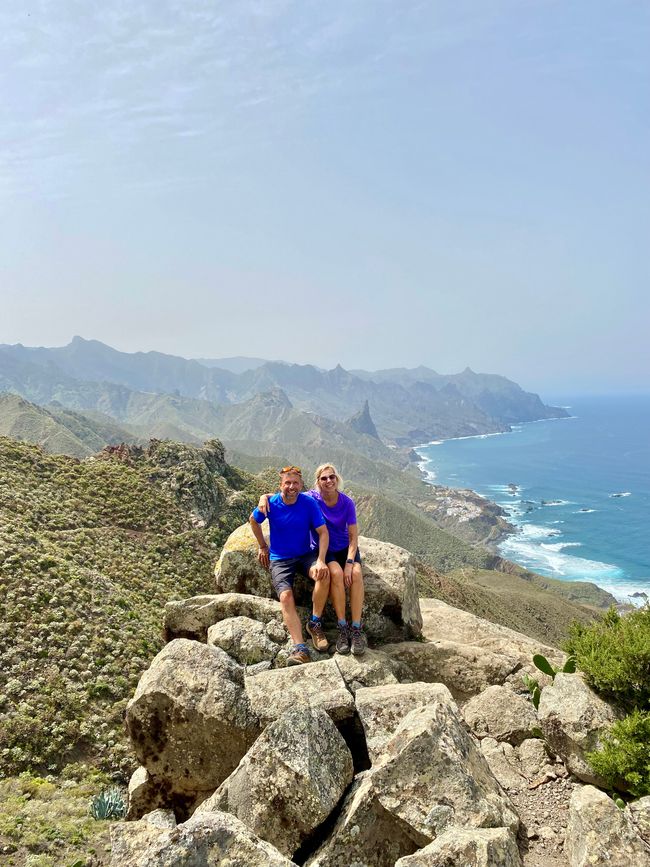
Coastal Nomads - Suzi, John & Betty
vakantio.de/coastal-nomads-suzi-john
On the way to Tarifa, we are the very last... to have visited Barcelona
Published: 06.10.2024

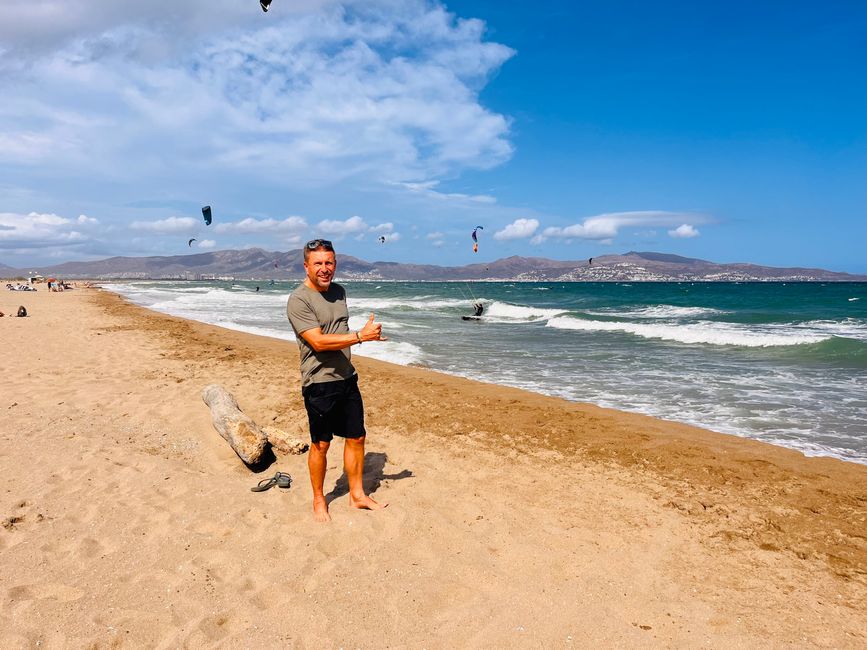

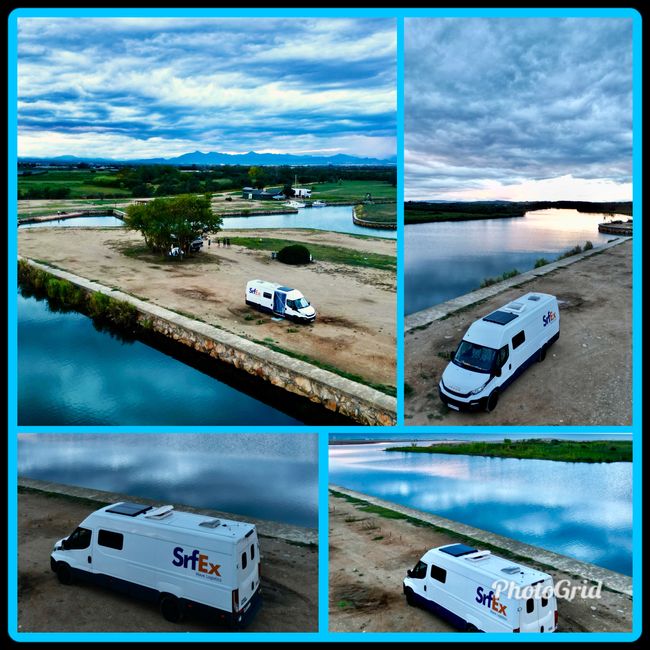
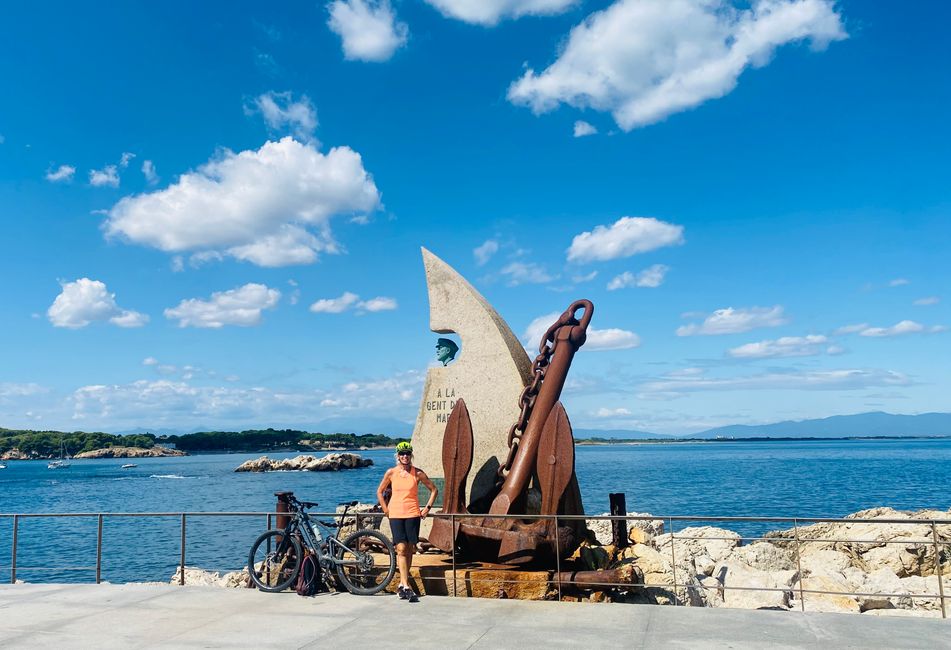
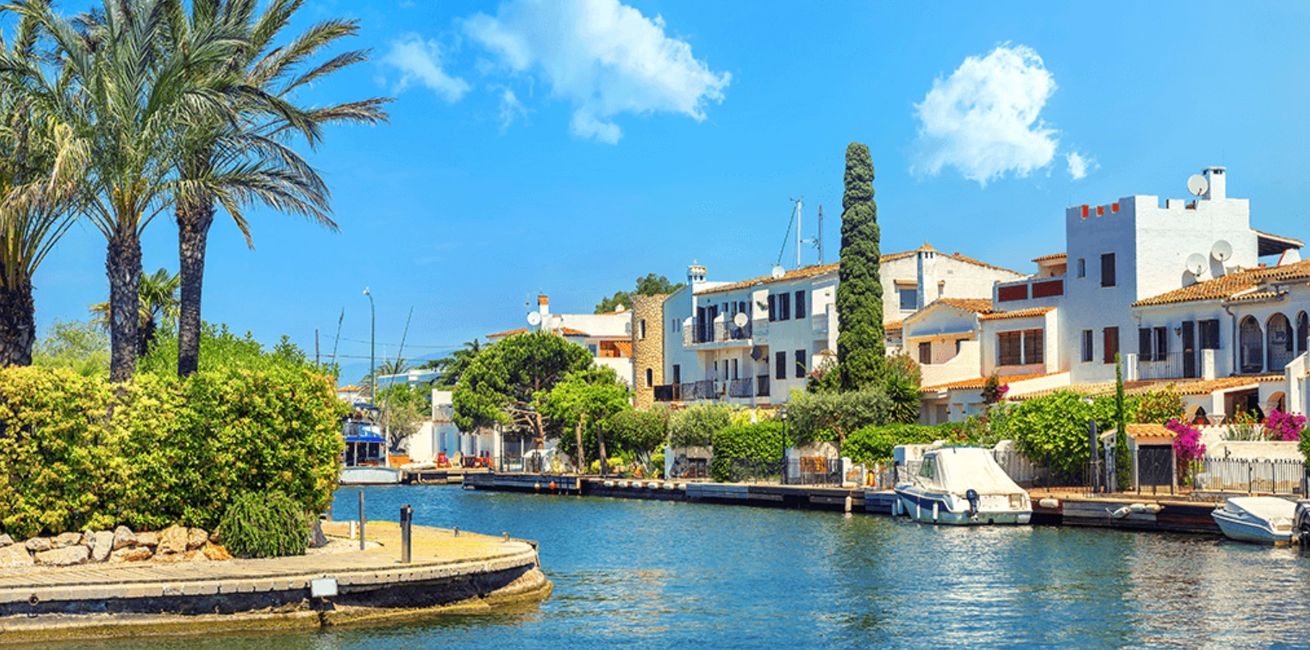
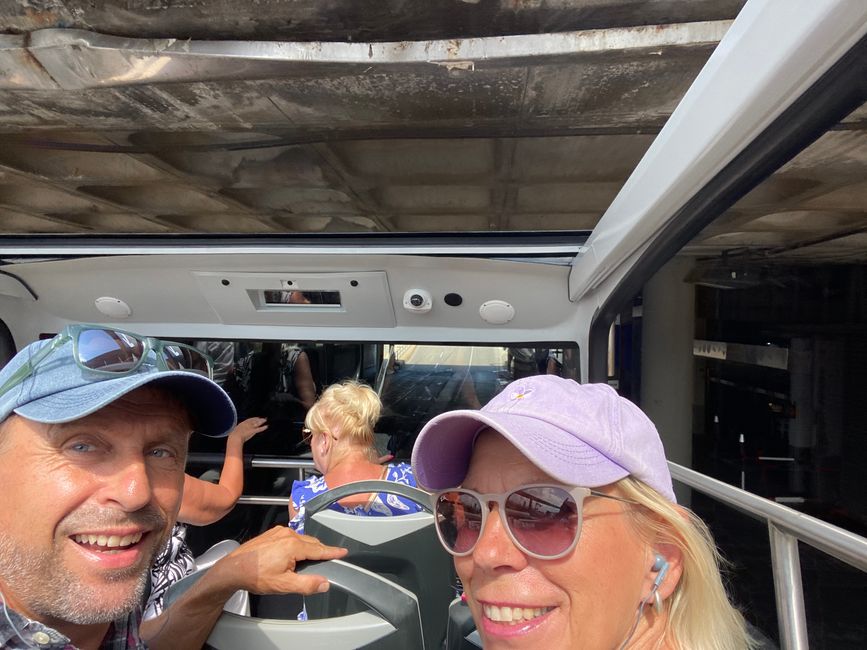

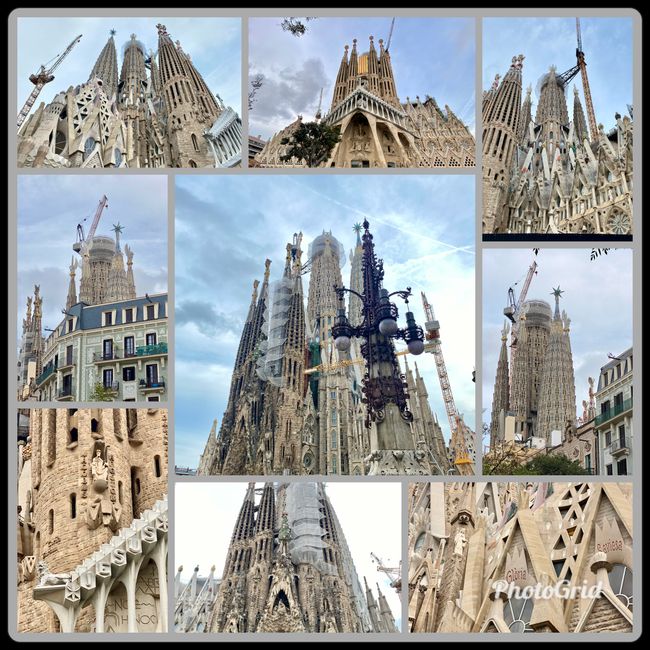
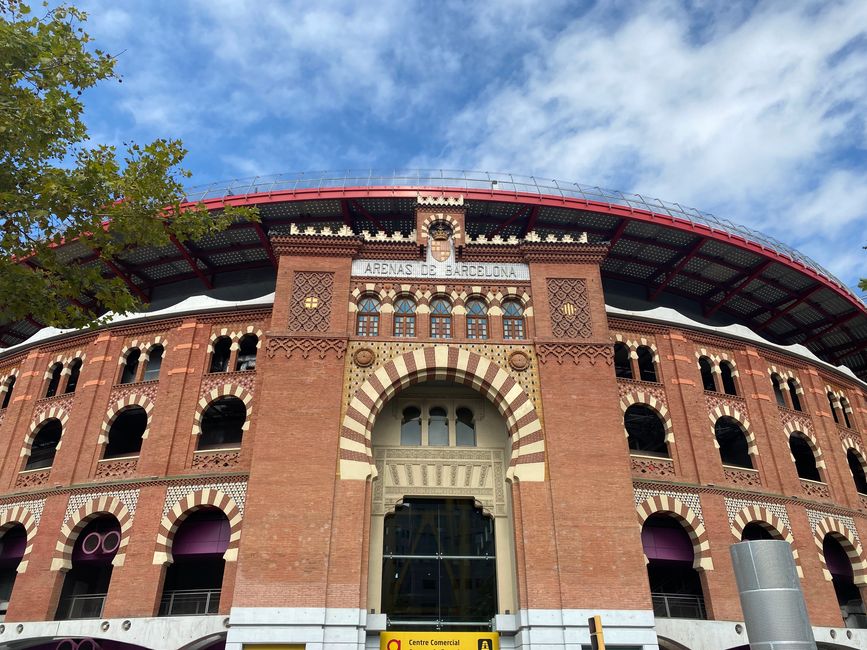
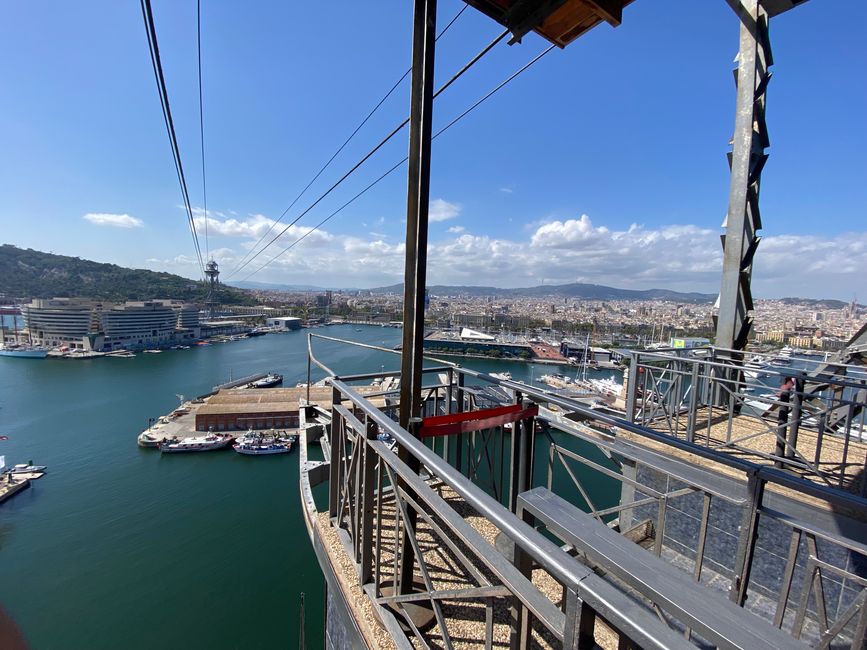

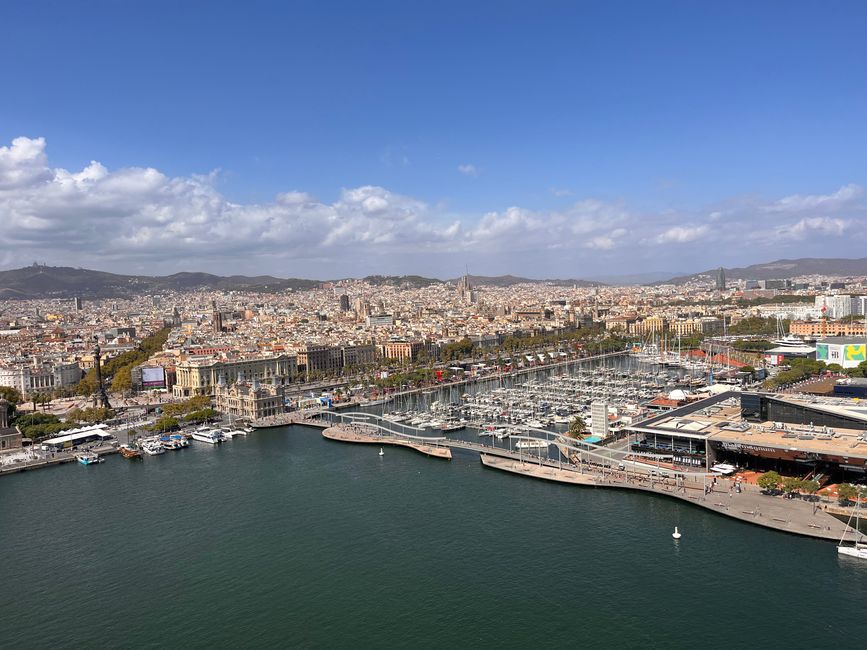
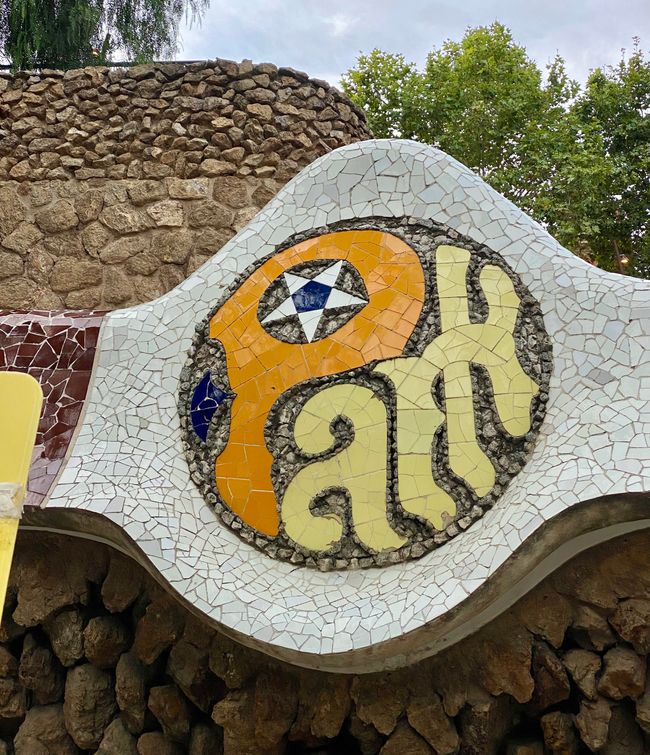
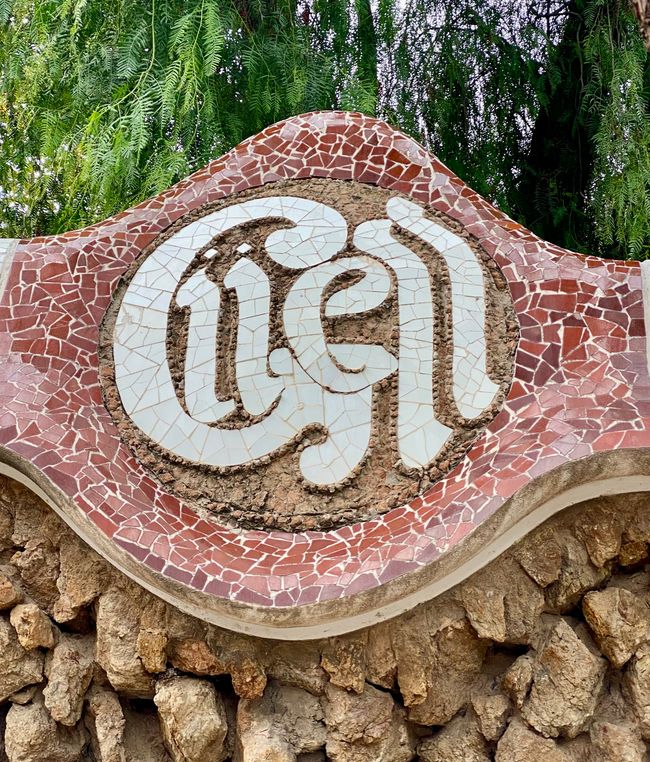
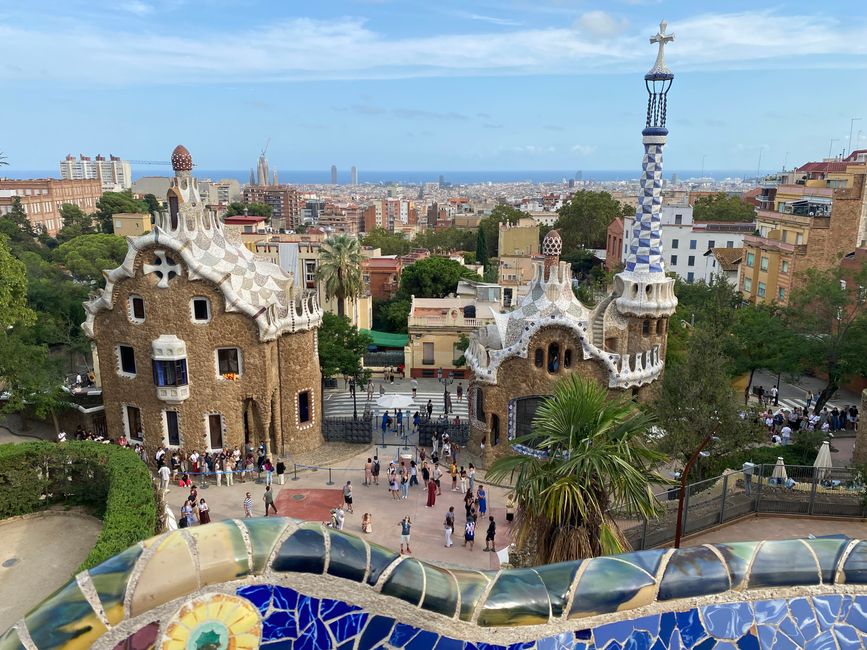

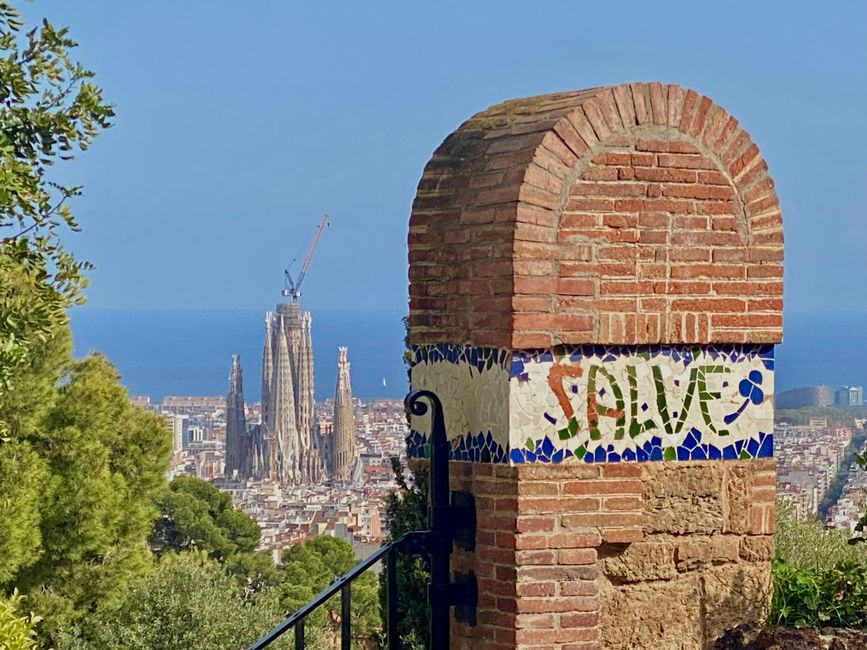
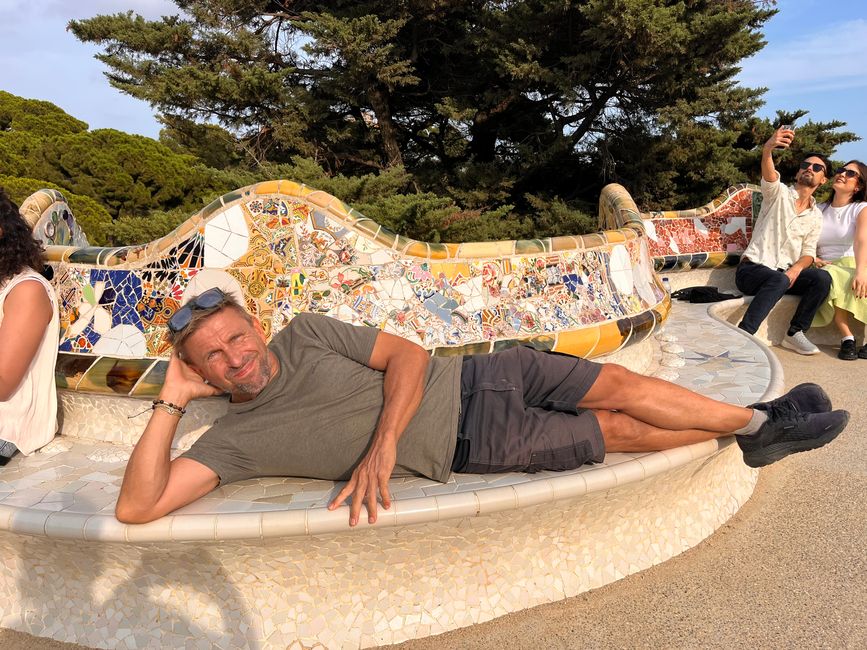

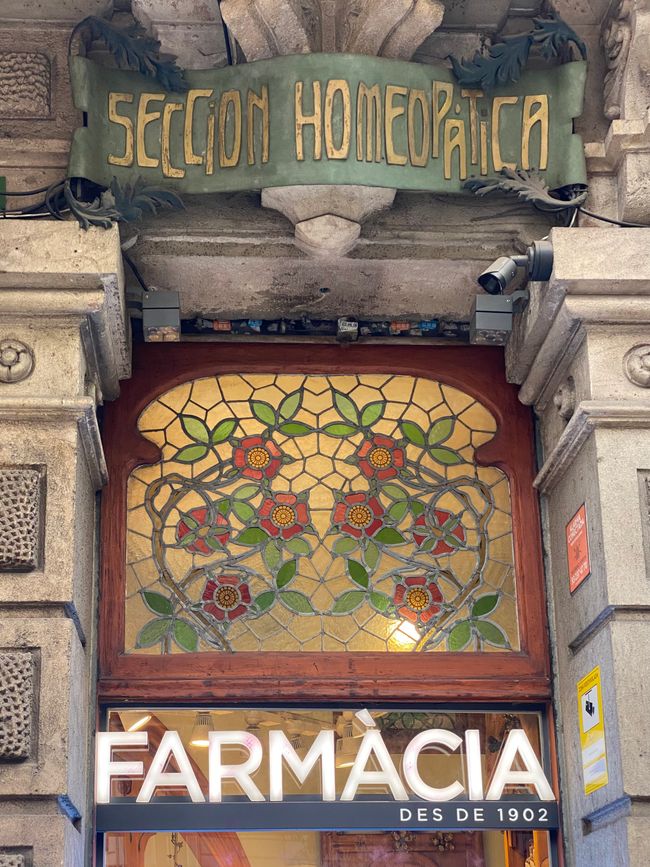
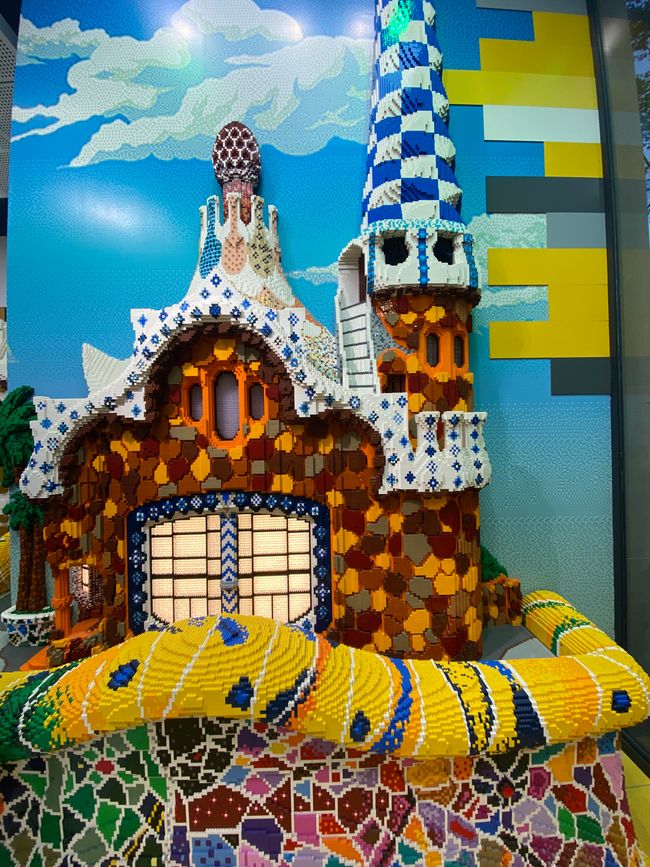
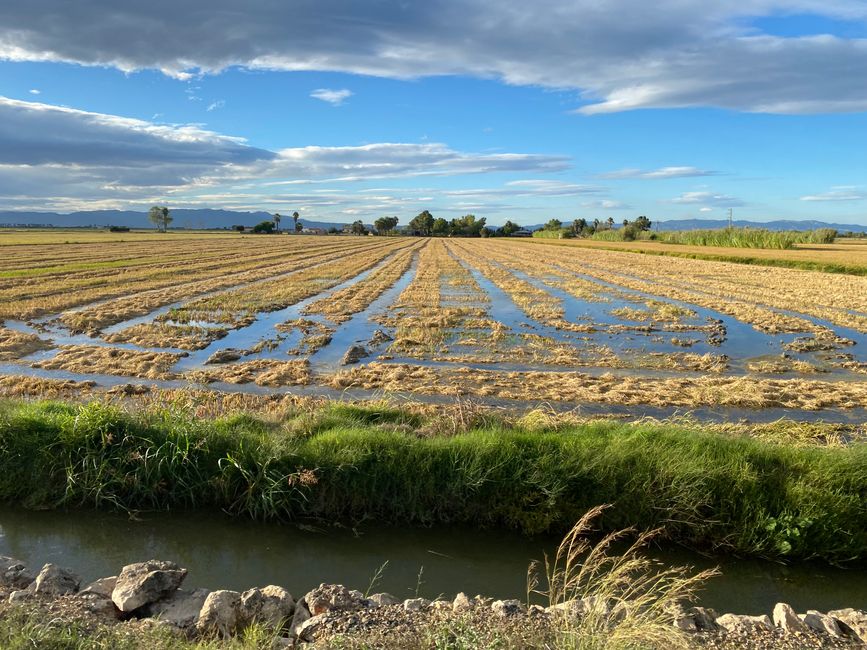
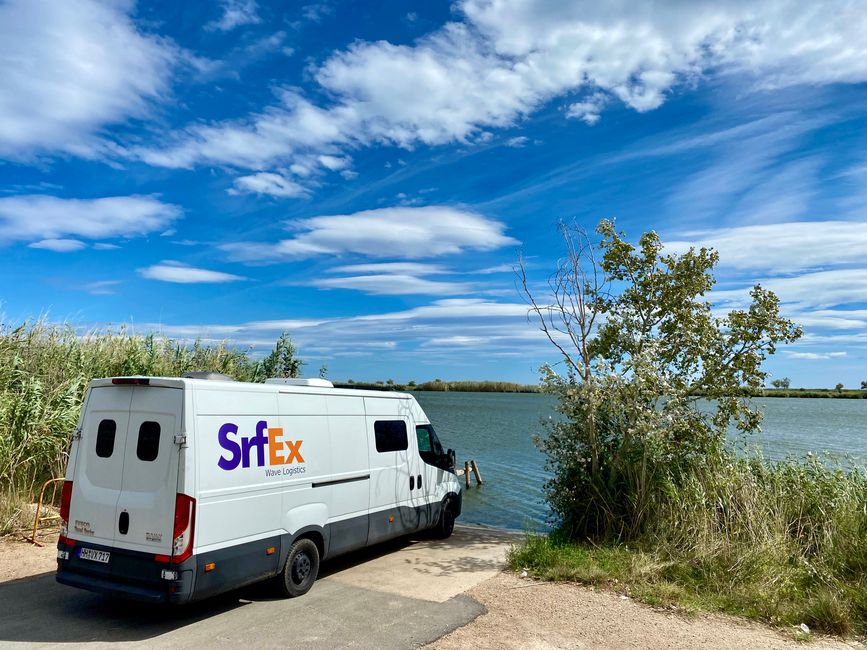

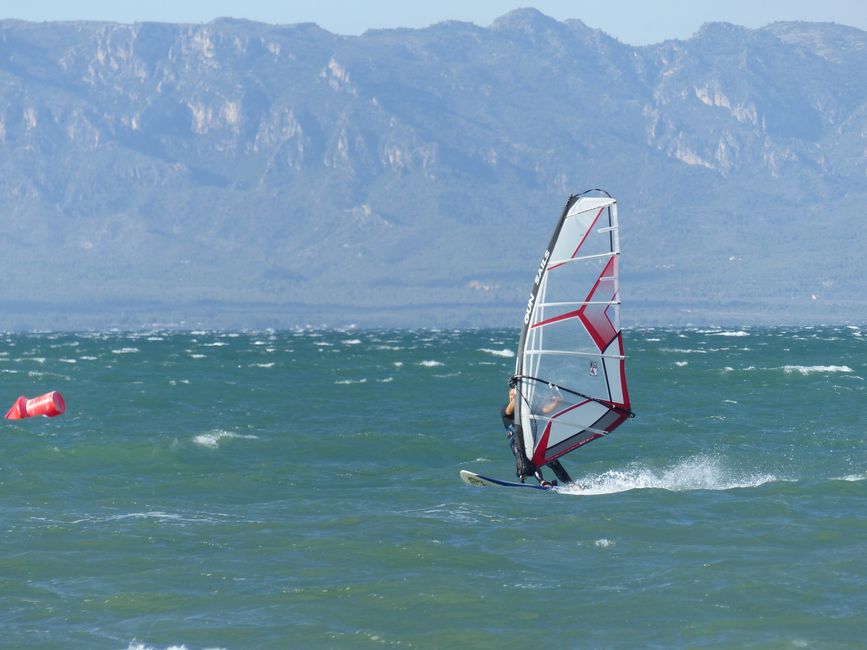
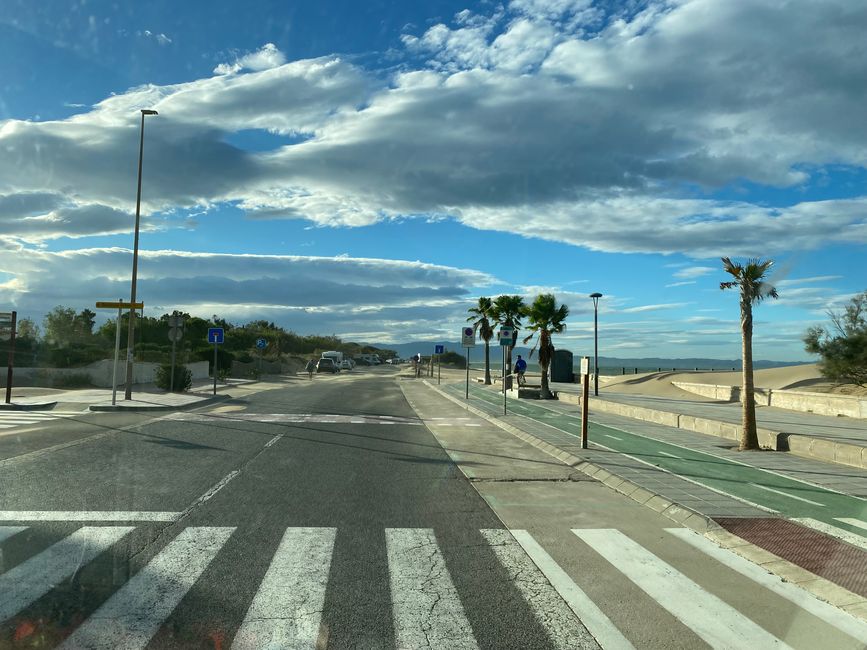
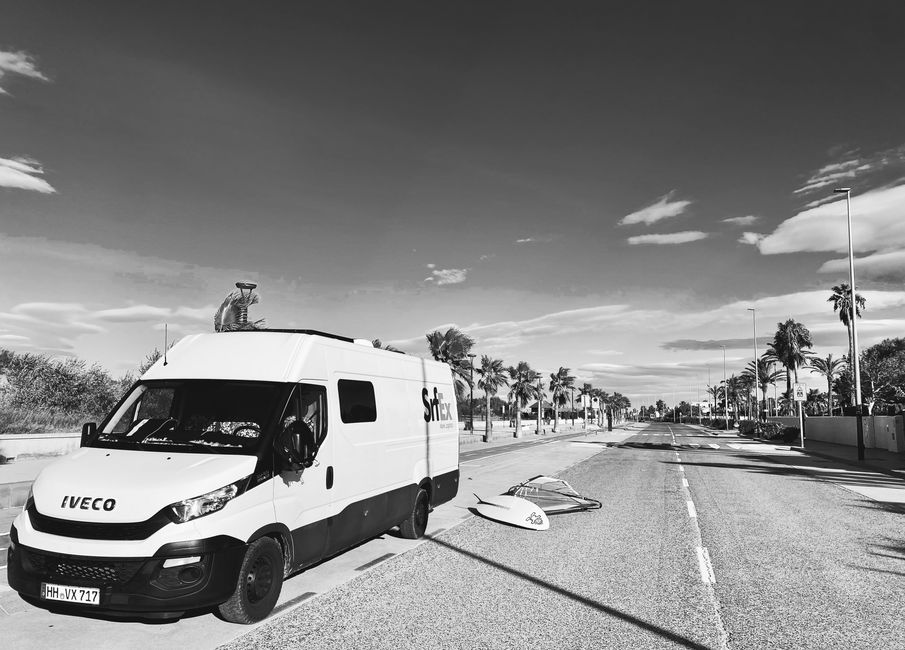
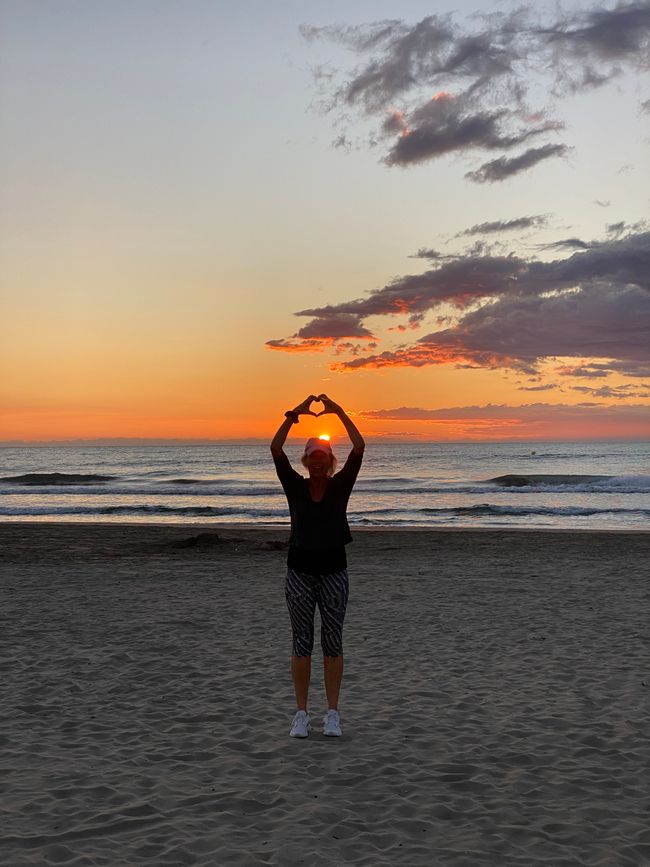
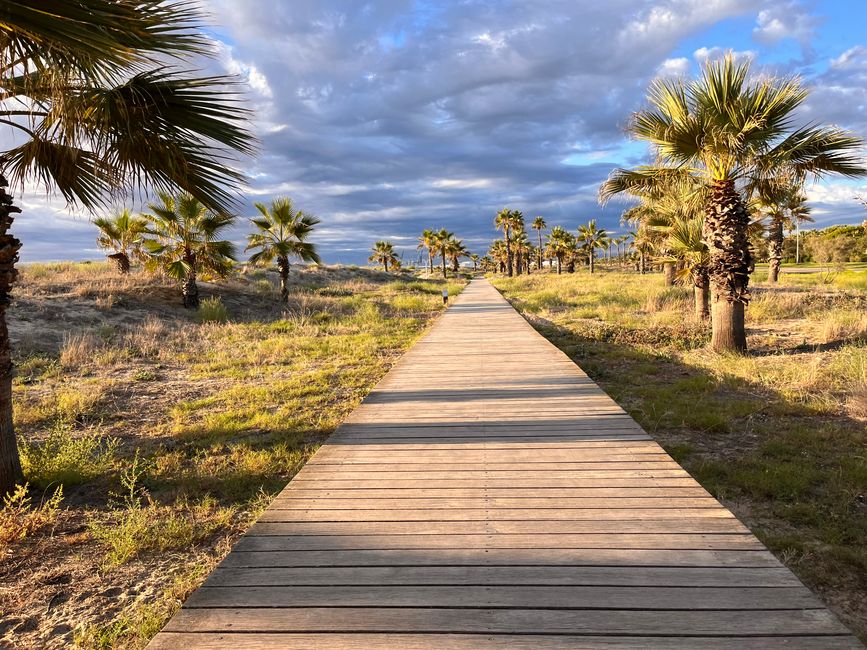
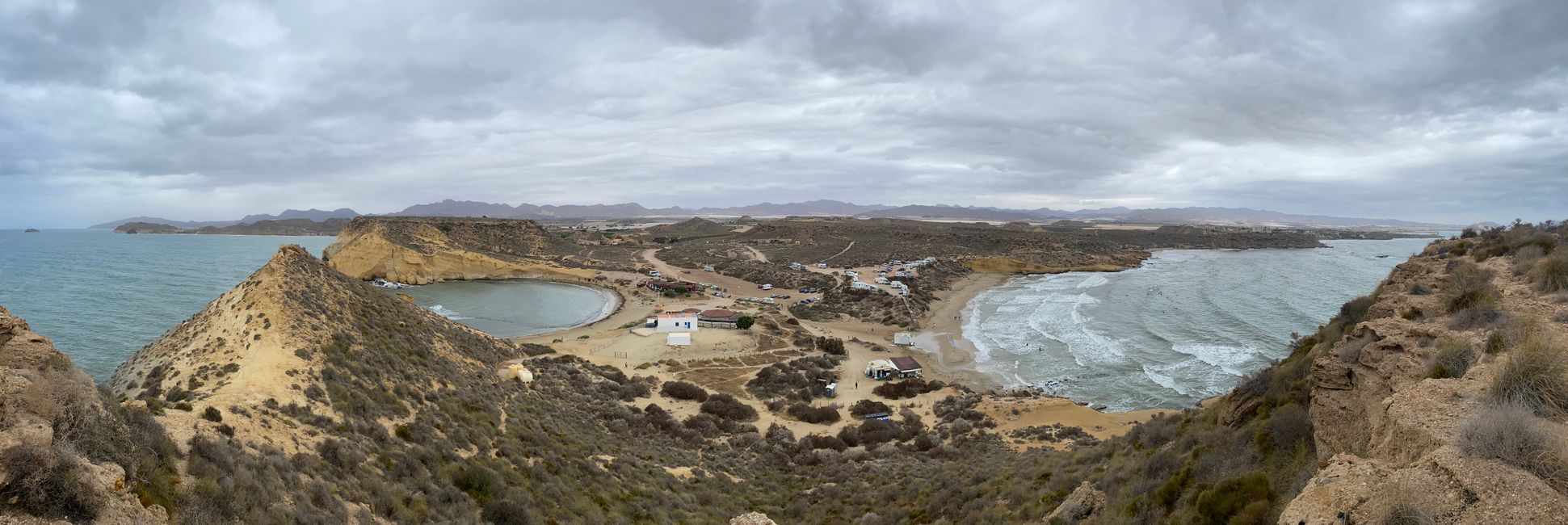

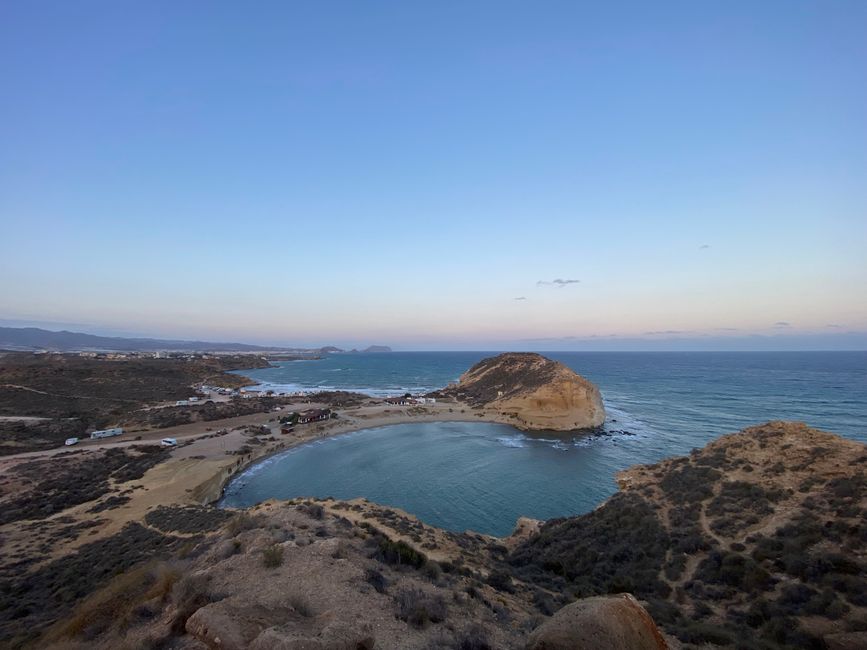
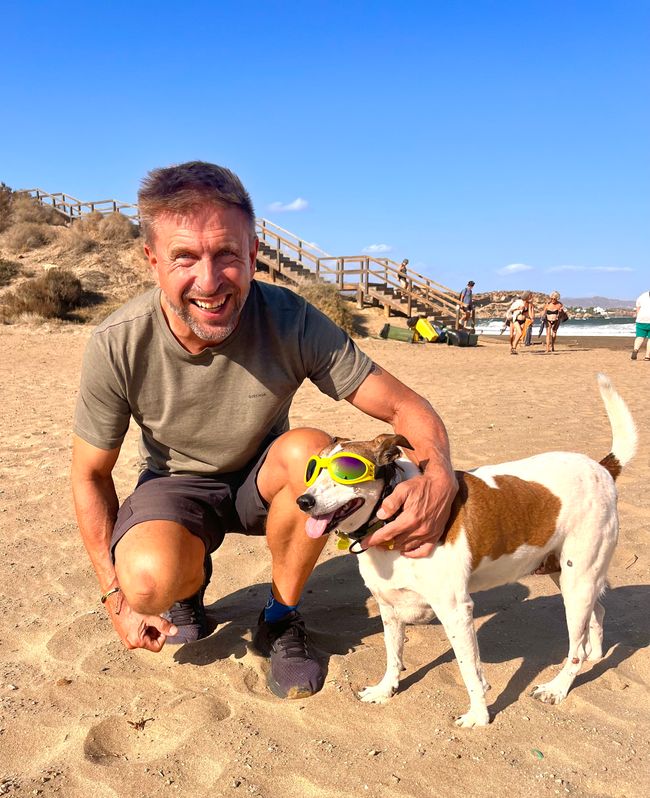
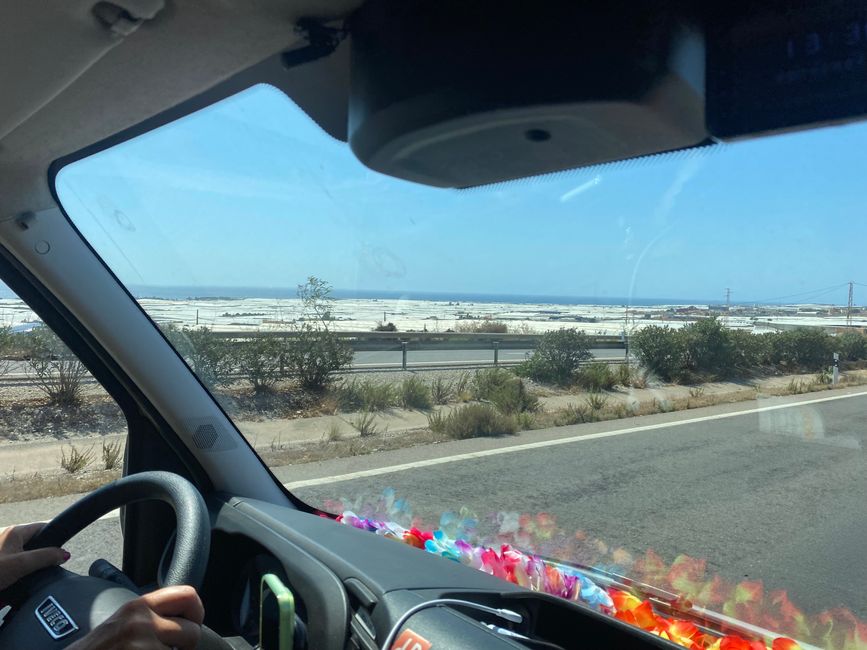


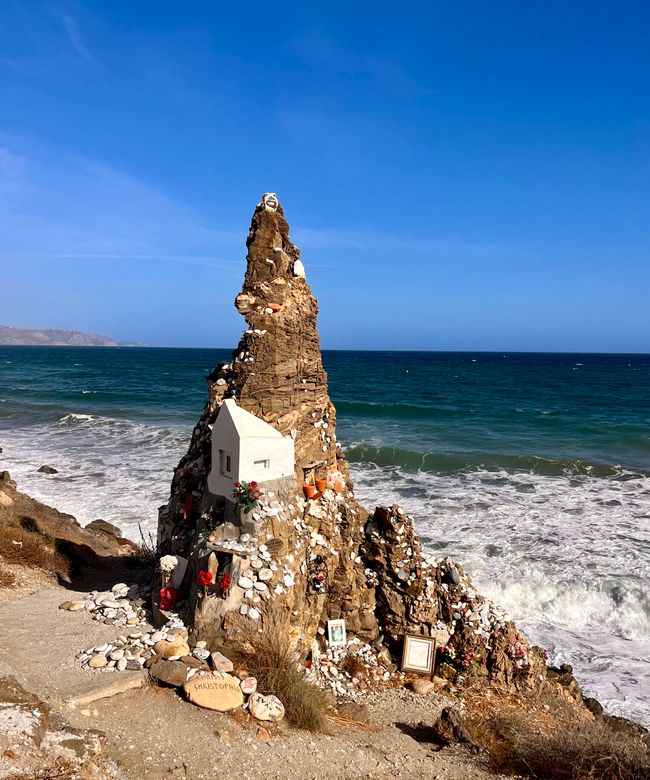
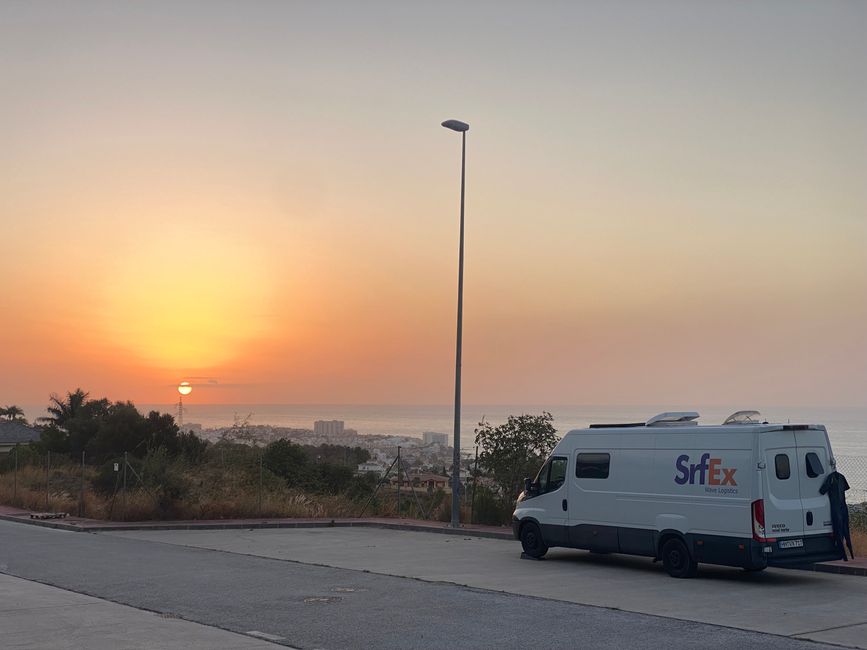
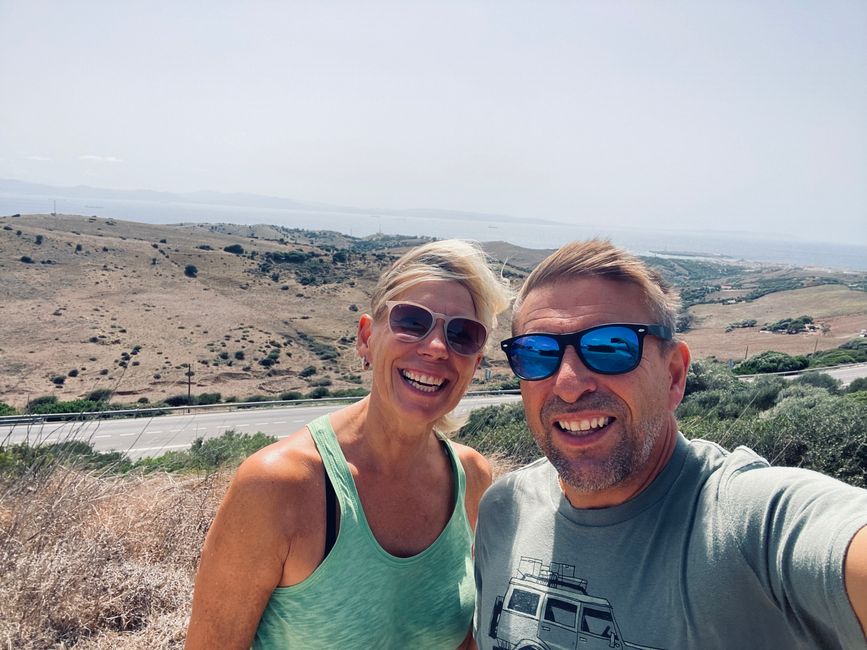
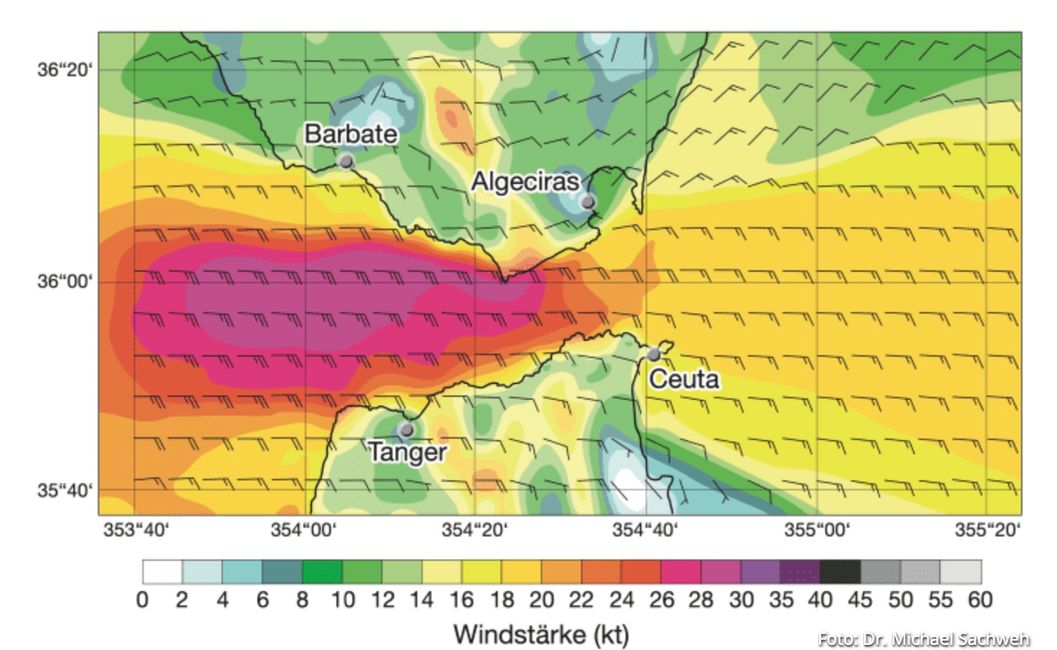
Subscribe to Newsletter
Personal logbook entry from the houseboat Betty HH-VX 717: It is the year 2024, September 6th, 11:00 AM.
It is once again time to set sail for new shores. On September 6th, we depart in the morning from 'our' little Castle Montfalco Murallat northwest of Barcelona heading for the Mediterranean coast. Our initial destination is the Bay of Rosas, close to the French border. Here, we have spent some beautiful camping vacations with our boys in our old alcove camper in the past. Afterwards, we finally want to take a look at Barcelona!
As we approach the coast, the sky clears more and more, the sun is shining and it is quite windy. In the Bay of Rosas, there are no hotel complexes, but there are numerous campgrounds, which are, however, very expensive. Over €80 per night is no problem during the peak season. Free camping is strictly prohibited along the entire bay. Fortunately, there is now a new parking spot near the village of San Pere Pescador, which at just under €15 for 24 hours is relatively affordable and right on the beach. Before sunset, I still manage to fit in a nice windsurfing session. The Mediterranean is pleasantly warm, a treat after many weeks of the rather cool Atlantic. For the next few days, we are stationary; another windsurfing session is still possible, and we rediscover the Bay of Rosas on foot and by bike. To the north of the bay lies Empuriabrava, a planned city from the 80s. Modeled after Fort Lauderdale, the entire city is interwoven with canals, so you have your motor yacht right at your doorstep. With a canal length of 30 km and 5,000 moorings, it is the largest marina on the Mediterranean. Quite nice to look at, but also somewhat aged. In the evening, Susi wants to take nice pictures of Betty in the setting sun but somehow can’t find the right angle. Spontaneously, she receives help. A bit away, Stefan and Heike are parked with their Iveco 4x4 truck. Within minutes, Stefan prepares his drone and skillfully takes great pictures of Betty from a bird's eye view. We chat pleasantly with both of them, who have been traveling the world with their two children for seven years, teaching them through homeschooling. Respect!!! The next morning, our paths unfortunately part ways again; the Dream Life Family is quickly heading towards Andalusia. But let it be said: on the road, you meet again, sometimes more than once...
On September 10th, we head to Barcelona. After some research, we decided on a parking spot in Cabrera de Mar to park Betty safely during our sightseeing in Barcelona. Cabrera de Mar is located about 25 km north of the center and is very well connected to Barcelona via a commuter train (which runs along the endless beach the whole time). Around noon, we arrive in Barcelona at the central square, the Placa de Catalunya. To get an overall view first, we take a hop-on/hop-off bus tour. On two different routes, we sit on the upper deck of the double-decker bus, equipped with a German voice guide through headphones, getting a really good first impression of Barcelona. A bit 'touristy,' but very useful. Of course, we pass by the Sagrada Familia, the modernist Art Nouveau houses of Gaudi and Co., along the harbor and the city beach, where the America’s Cup is currently being sailed. For football fans of FC Barcelona: the famous Camp Nou stadium has been demolished and is currently being rebuilt, barely more than a shell is visible. Thanks to hop-off and hop-on, we also cover some distance on foot. In the former fishing quarter La Barceloneta with its narrow streets, we have lunch in a simple, local restaurant. Insider tip: Check the windows! If there are obviously only workers and locals in the restaurant = good & cheap food! Full of impressions, we take the train back to the quiet Cabrera de Mar late in the evening; it is already dark, and we are looking forward to the next day in Barcelona.
Early in the morning, we take the commuter train from Cabrera de Mar station, which is directly on the beach (not kidding, 20 m from the sea), back to Barcelona. We buy a day ticket for public transport including the metro and off we go. From the rooftop terrace of the converted bullring 'Arenas de Barcelona,' we have a 360° view of the city. From there, we head to Montjuic Mountain, where the Olympic venue from 1992 is located. From Castel Montjuic, there is a spectacular view of the coast with the harbor and the airport of Barcelona. From the mountain, we take the cable car directly into the harbor area. It is truly impressive to hover about 100 m above this beautiful harbor. In 2024, Barcelona will host the America’s Cup. The high-tech hydrofoil boats reach over 90 km/h. The budgets of the participating teams amount to over 100 million dollars (per team!). We see some boats zipping across the Mediterranean in absolutely light winds. Due to time constraints (there is still so much to see), we grab food and drinks at the supermarket and sit down at the city beach, which is also very nice! To the north of Barcelona lies the Gaudi-designed Park Guell. Here too, tickets must be reserved at least one day in advance online, or you will be left standing before the gate. The buildings created by Gaudi in the park are very worth seeing but are completely overrun by tour groups from the Far East, and all you see are selfie sticks pointing up to the sky. The park offers a nice view of Barcelona. For a ticket of a hefty €10 per person, we would have appreciated better-maintained park facilities and more explanations of the buildings. To cap it all off, we visit the Sagrada Familia (from the outside). This cathedral is the masterpiece of Antoni Gaudi and certainly qualifies as a wonder of the world. Since 1882, it has been under construction, and after several delays, it is now expected to be completed in 2033. Each facade of the cathedral is so unique and filled with so many details that one cannot believe that ONE person planned all of this. What surprises us is that the Sagrada Familia stands right in the middle of a residential area, which diminishes the overall visual impact of this building from our perspective. It is also unfortunate that virtually all(!) American fast-food chains have settled around the cathedral, creating a certain Disneyland-like feeling. We conclude our Barcelona sightseeing with a stroll along Passeig de Gracia, where the most famous townhouses in the style of modernism, such as Casa Batllo or Casa Mila, stand. What a beautiful and daring architectural style that has had a similar form of impact on an entire city. We are thrilled!
By the way, we have not noticed any of the reported pickpocketing and robbery crimes allegedly rampant in Barcelona. We have always felt completely safe in the city or, for instance, in the evening on the commuter train!
The next morning, we move on; rain showers are forecasted for Barcelona, and as 'nature kids,' we certainly can't handle more than two days in the city... We have decided to visit the Ebro Delta, located about 200 km southwest of Barcelona. Then we would have traveled the Ebro almost completely from its source in northern Spain to its mouth in the Mediterranean. Upon arriving at the Ebro Delta, we are a bit disappointed. The delta is flat and almost completely used for agriculture, with a lot of rice being grown here. There is little to see of the promised natural paradise. A downwind blows over the mountains and onto the sea, kicking up clouds of dust from the dry fields. We stop at the tourist information, and the nice gentleman there asks how many days we intend to stay. At our answer, 'just one night,' he looks a bit resigned (he probably knows from experience) but patiently marks the few sights of the Ebro Delta on a map for us with a marker. We drive to the mouth of the Ebro near the village of Riumar. It feels like the Wild West; the whole town appears completely deserted, and the wind whips sand through the streets, creating small dunes. But wind and kite surfers are out in the water; here in Riumar, the wind is sideshore and quite strong. I put up my smallest sail and dive into the warm waves. Meanwhile, Susi hides in the van; outside, you get sandblasted. After the session, the wind calms down a bit, but we know: we won’t stay in the Ebro Delta, not even for a night.
In Castello de la Plana, roughly 100 km southwest of the Ebro Delta, we spend the night on a quiet, palm-lined beach road. We wake up early and see the sun rise over the Mediterranean. After an extensive beach walk, we do our morning exercise in the park by the beach and then swim in the nice surf. Afterwards, we shower under the beach shower. Delightful, this outdoor life!
The next spot Playa de los Cacedores near Aguilas is a tip from the Dream Life Family (see above), thank you! You drive through a barren, mountainous Sierra, like we would not have expected by the Mediterranean. The spot consists of two beautiful bays, separated by a peninsula, and is quite popular among van lifers for its 'End of the World' character. Fun fact: The border between Catalonia and Andalusia runs right through the peninsula. The two beach bars on each side of the 'border' position themselves by raising the respective national flags. Wind and erosion have bizarrely shaped the sandstone cliffs around the two bays. At the top, there’s shell limestone that, according to the information board, is supposed to be 50 million years old. We break off a shell and find that it looks exactly like a current shell. The next morning, big steep waves roll into the bay, and I take my boogie board out to surf. For me, these are the highest waves I have ever experienced in the Mediterranean, and I get quite a beating... Afterward, coffee and breakfast feel especially good, and we travel on towards Tarifa, the 'Wind Capital of Europe.'
Behind Almeria, the A-7 highway passes through Europe's largest 'greenhouse.' An area as large as Malta is almost entirely covered with white plastic sheets, under which families grow fruits and vegetables. From space or on Google Maps, this area is clearly visible as a huge white spot. By now, there is significant competition from Morocco, where wages are even lower. We spend lunchtime in El Pozuelo, a small place by the water near the highway. We park directly by the wind-whipped sea; the sun is shining. Again, this is a place with an 'apocalyptic character.' During our two-hour stay, we barely see a soul. But there are great beach showers with wind protection, and the water from the shower is quite warm! A bit further lies Torrox on the coast. Here my uncle and aunt, who passed away last year, spent many autumn months to soak up light and sun for the German winter. When we stop by a beach parking area at the entrance of the village, we notice an artificially shaped rock by the water, covered with small painted stones. Upon closer inspection, we realize these are small memorial stones for loved ones who have passed away. Without hesitation, Susi takes out her acrylic markers and lovingly designs a small memorial stone for my uncle, which we place on the rock. It becomes an unexpectedly emotional moment, and we wonder why we find such a memorial rock right here and now in Torrox?
We spend the night in Benalmadena, just behind Malaga. The hills between the highway and the coast are quite built up, but the Park4Night app has suggested a spot in an unbuilt cul-de-sac in a residential area high above the coast, from where we can see the entire coast of Malaga in the evening. We stand alone; it is very quiet at night, and in the morning, a rooster even crows. The last stage before Tarifa is imminent. There are still about 180 km to go. The drive passes Marbella, and on the coastal highway (almost always with a view of the sea), you can occasionally see Lamborghinis or Ferraris (often with German license plates). Then 'The Rock,' or Gibraltar, appears on the horizon, recognizable by the imposing mountain over 420 m high that rises like a slanted cake slice from the sea. Behind Gibraltar lies the large port city of Algeciras, from where most ferries head to Morocco - and soon, ours too! Behind Algeciras, the well-trafficked N-340 winds into the coastal mountains. It is windy, very windy! Just before Tarifa, there is a viewpoint with a view of Morocco, which is only about 20 km away from here. The wind blows so strongly that we have to hold the doors of Betty with both hands to keep them from being ripped from our hands - and please only open one door at a time, otherwise the van will be emptied! The Strait of Gibraltar is one of the windiest places in the world. Either the Levante blows from the east onto the Mediterranean or the Poniente blows from the west into the Mediterranean. Calm is largely unknown here. With disheveled hair, we roll down the coastal mountains towards Tarifa on September 15th, heading for the dream destination of kiters, windsurfers, and newly also wingfoilers.
Conclusion Barcelona and Mediterranean Coast: Over the roughly 1,200 km from Rosas to Tarifa, we have experienced an unexpectedly diverse Mediterranean coast. From coastlines filled with apartment complexes to desert-like, remote areas, everything is there. Great natural wonders are not to be found here; however, the pleasantly warm Mediterranean in September compensates for this. Free camping with the motorhome is comparatively easy compared to northern Spain. And now that we have finally been to Barcelona, our ranking is clear: we like Barcelona the best, as Lisbon, Porto, Bilbao and Co. cannot keep up in our view! The direct location by the sea, the generously planned city, the architecture shaped by Gaudi, combined with the light and warmth of the Mediterranean have captivated us.
On the road: 237 days
Distance traveled: 15,000 km
TO BE CONTINUED
Subscribe to Newsletter
Answer (4)
Sabine
Ich bin so begeistert!!! Tolle Eindrücke und Schilderungen. Ich liebe Barcelona auch so sehr. War ja auch von 1969 bis 1981 jeden Sommer 6 Wochen dort. Damals glaube ich noch ruhiger und günstiger 🤩 liebe Grüße und weiterhin eine gesunde und glückliche Reise!!! Sabine 🐝Jörg " Hellkamper "
Jörg "Hellkamper "
Habe gerade mal wieder Eure tollen Bilder und Reiseberichte angeschaut. Wirklich sehr lebendig geschrieben! Beste Grüße und alles Gute für die nächsten Reiseetappen! Jörg 🤗
Nadja
es liest sich wirklich wunderbar. Wir freuen uns auf die ergänzenden Geschichten, wenn ihr wieder da seid.John & Susi
Danke für eure lieben Kommentare!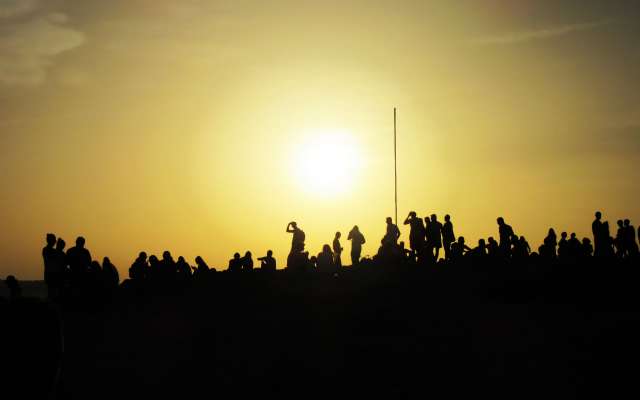
Travel reports Spain
